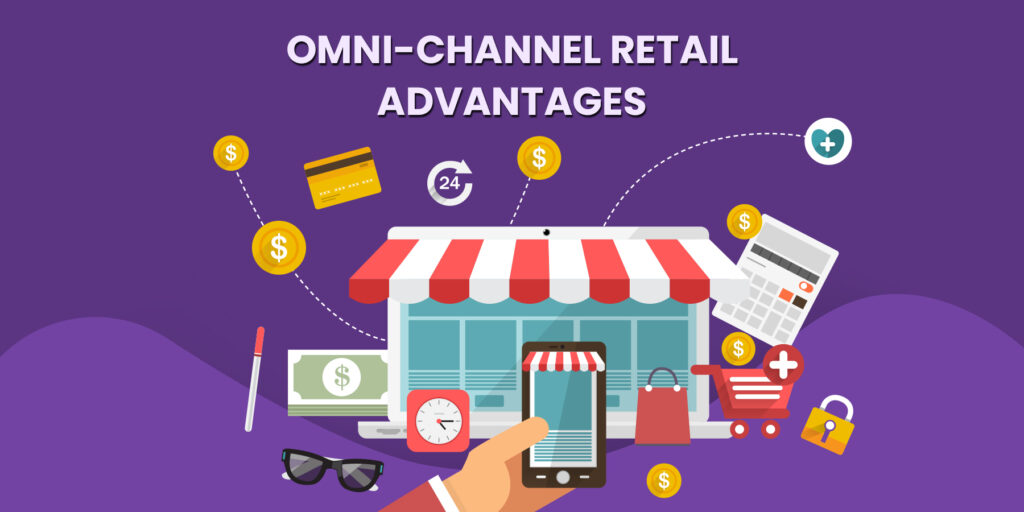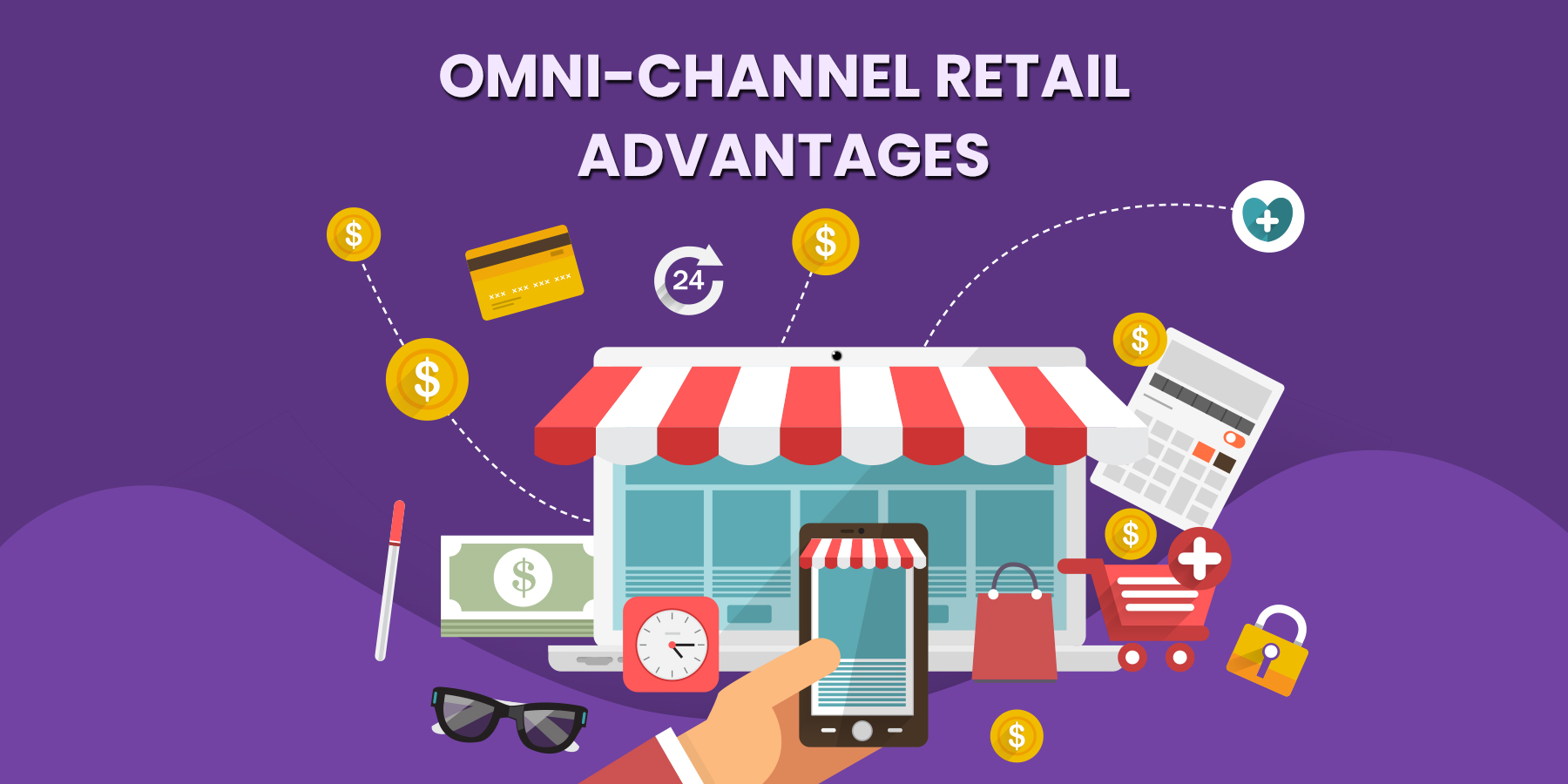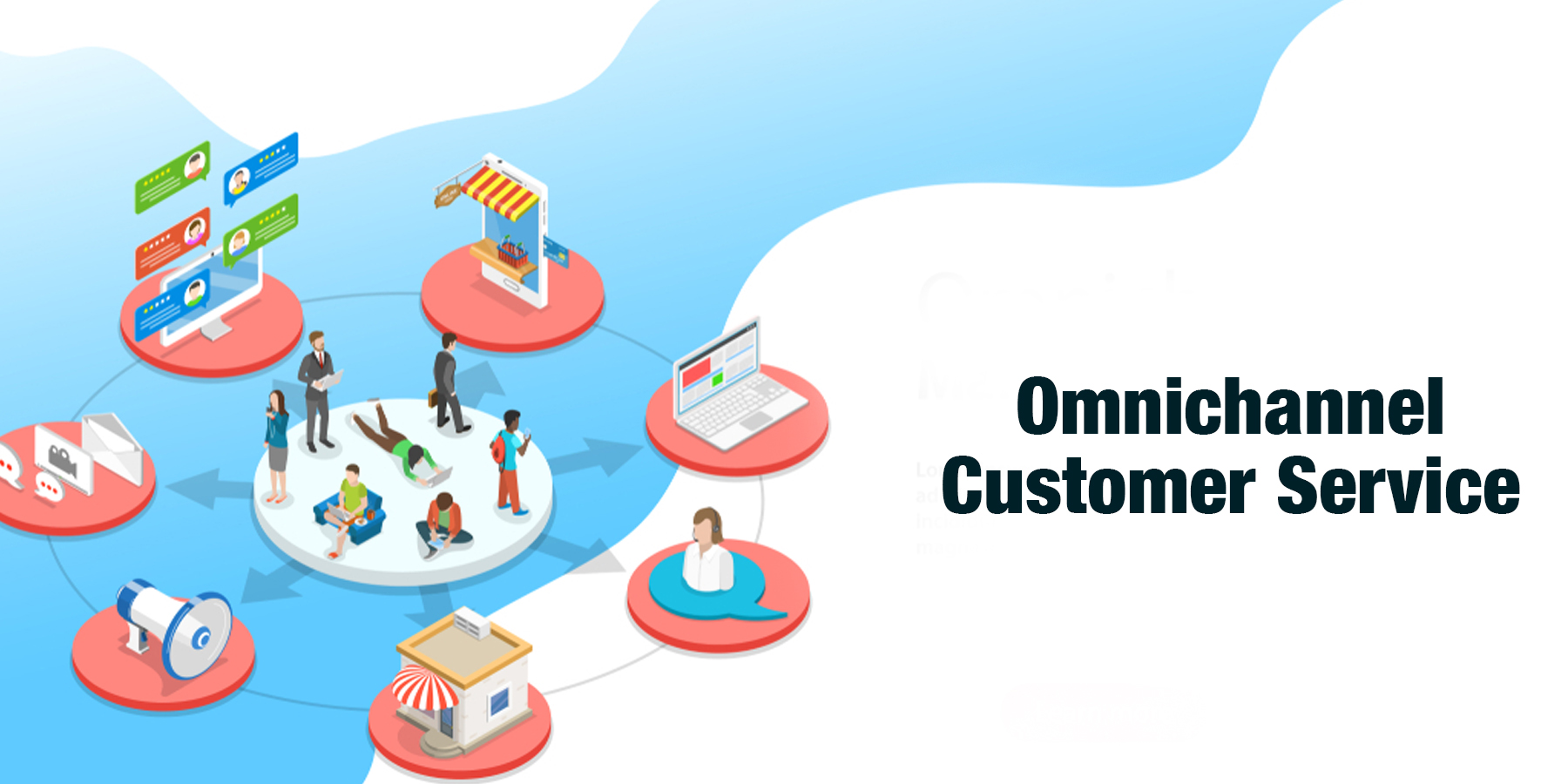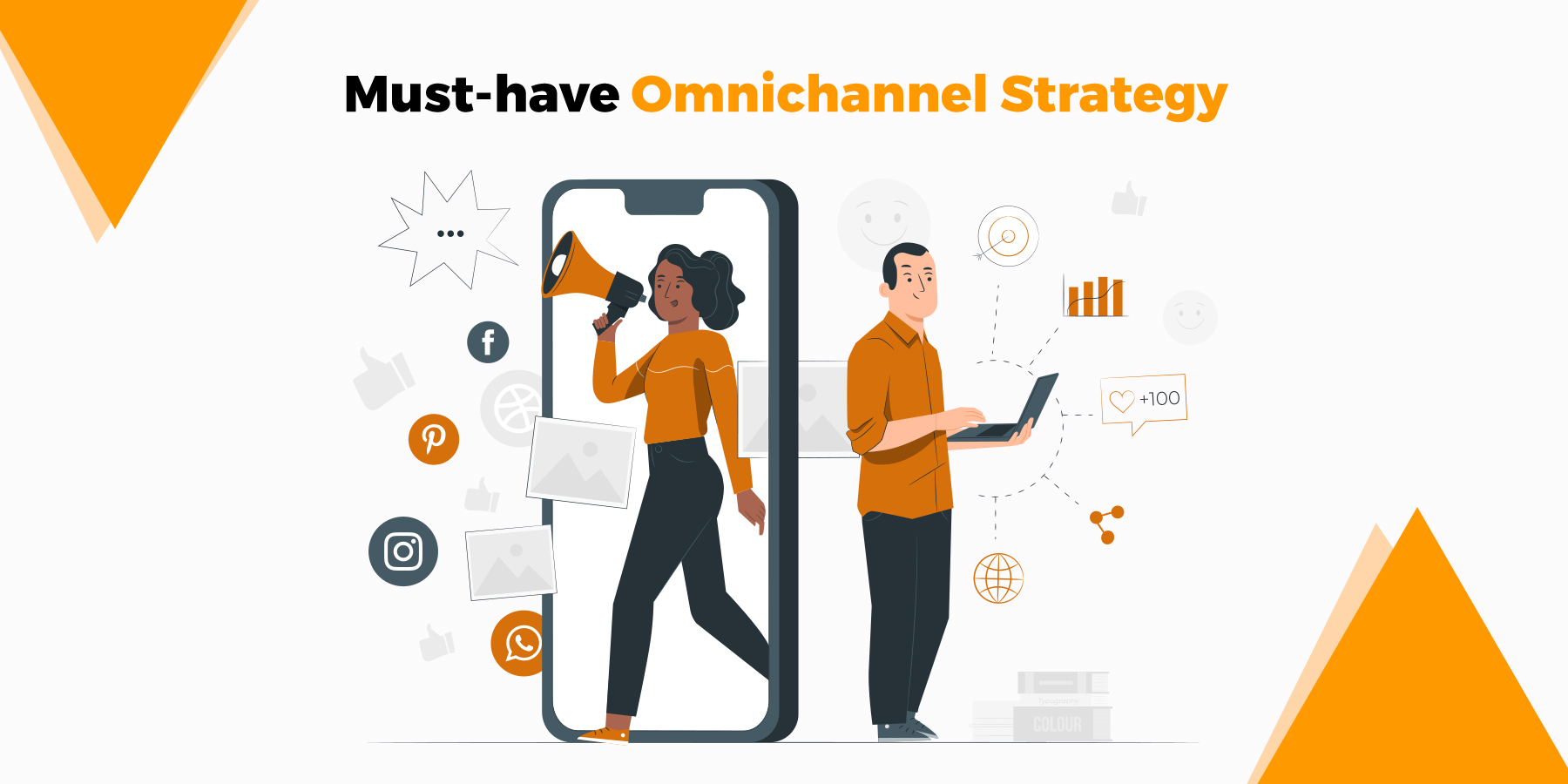Omnichannel is a strategy that organizations use to improve their customers' experiences. Amazon's omnichannel retail experiences are the key to retaining customers, which helps them regain previously lost sales.
Omnichannel implies the integration of physical and online channels from where customers can make a purchase. This includes stores, websites, amazon product pages, apps, mobile ads, push notifications, and so on.
Amazon Omnichannel Retail introduces various avenues that provide a differentiated customer experience to this generation. So, all channels seamlessly interact with each other to unleash a channel-agnostic journey for customer capabilities. Amazon goes omnichannel approach includes the management of multiple components, such as:
- Ecommerce,
- Order Management Solutions
- Warehouse Management Solutions
- Merchandising
- Order Broker Solutions,
- CRM
Rather than working in parallel, communication channels, and their supporting resources are designed and integrated to cooperate within the omnichannel solution. As a result, the engagement experience across all these channels someone chooses to use becomes even more efficient or pleasant than using a single track in isolation.
Top 4 Benefits of the Omnichannel Approach
The omnichannel approach seeks to provide customers with a seamless shopping experience, whether online from a desktop or mobile device, by telephone, or in a brick-and-mortar store.
Many retailers have realized the devastating impact poor inventory management can have. Customers are often unwilling to return to a store that is out of the desired product and make no effort to locate it. In such a situation, the significant associates of the retailer are available on the sales floor to address and provide a resolution quickly. Adding to this, here are some other important advantages of an omnichannel retail strategy:
Improvement in Customer Service, Experience, and Satisfaction
Amazon's omnichannel strategy involves integration across different marketing channels. These include channels such as mobile push ads, social media, newsletters, mobile apps, laptop purchasing, and chatbots. Such integration and easy accessibility enhance the overall customer buying experience. For example, Push notifications usually contain jokes or relatable content. Such things attract the customers' attention and motivate them to click through the ad, leading to high conversions.
In addition, omnichannel marketing encourages buyers to always prefer your services over skipping and choosing competitors. Statistics show that omnichannel delivers 90% higher customer retention than buying through a single channel. It eventually makes your product visible at multiple physical and online locations. It also emphasizes purchasing those products and helps you generate better revenue.
Helps in Brand Building, Awareness, and Visibility
For retailers, one primary purpose of implementing an omnichannel retail strategy is to increase brand visibility. Your brand must be there, whether online or offline, wherever your customers are. This gives them more alternatives to shop and builds brand-customer solid relationships.
If your customers need help finding your brand or the specific products they are looking for, you are not devising the right Amazon omnichannel strategy. An omnichannel strategy helps build easily visible and accessible touchpoints at various platforms. As a result, customers get redirection and product purchase assistance, increasing their overall shopping experience.
Moreover, word-of-mouth works for you as customers share their experiences and help you get more users onboard. As per research, around 78% of people discuss their favorite experiences with others at least once a week.
Generates Better Sales and Traffic
It is evident from the above two points that omnichannel retail focuses directly on the customers and enhances their experience. Positive experience with a brand is directly proportional to high sales, more revenue, and high profit.
Given that, you adapt to the customer preferences, understand their demographics, and know what products excite them. You also segregate audiences to generate high traffic on your brand website and get higher sales.
While implementing the omnichannel strategy, dedicate each channel to a specific purpose. For example, choose one track for communication, news updates, and getting clicks and conversions. Additionally, select one for active notifications and one for generating traffic. In such a way, you simplify and customize the user experience and generate massive sales.
High Accumulation of Customer Data
Data is essential for today's technologically and digitally equipped businesses. Data that involves customer behavior, purchase trends, demographics, age factor, color choices, size fits, and gender preferences help you target your campaigns better.
Through Amazon's retail channel, this data is extracted and accumulated through multiple physical and online platforms. As a result, you can audit your strategies and choose which one to run for longer and which should be paused through this data. Accordingly, you can balance your time creating and running campaigns over different platforms.
For example: if more customers are coming through push notifications and fewer through Facebook ads, you can limit the time and resources spent on Facebook and invest more time in push notifications. Thus, the omnichannel strategy is perfect for accumulating more data and extracting valuable insights.

Omnichannel Vs. Multi-Channel Marketing
New technology and strategy evolution in today's marketing landscape bring a new wave of terminology that marketers need to become acquainted with. Two new-age definitions that immediately come to mind are multichannel and omnichannel marketing. Omnichannel and multichannel marketing are two distinct and separate marketing strategies, even though both focus on using multiple channels to reach consumers and potential consumers.
Multichannel marketing refers to interacting with potential customers on various platforms. This platform or channel could be a print ad, a website, a product package, a retail location, a promotional event, or word-of-mouth.
Omnichannel refers to the multichannel sales approach that provides an integrated shopping experience. So, the customer can shop online from a desktop or mobile device, via phone, or in a brick-and-mortar store, and the experience will be seamless and consistent.
Final Thoughts
Omnichannel is one of most online businesses' strategies to regain their lost sales. It is a great move to expand your business, improve your brand reach, reduce customer waiting time, and ensure optimized utilization of resources. It can also help you attract potential customers who can increase sales. Amazon Listing Services provides credible Omnichannel retail support that boosts your business sales. Reach us for further details and queries.










